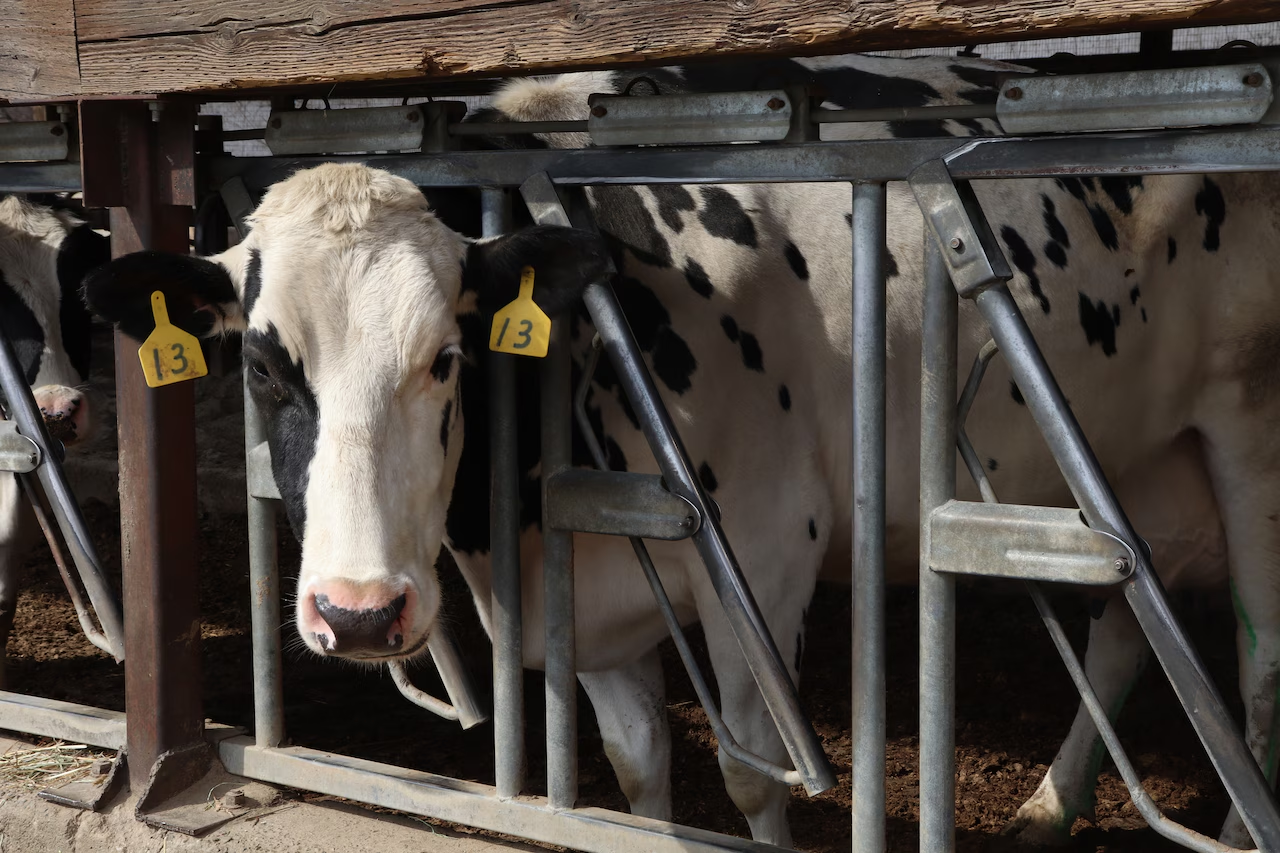How a daughter’s words inspired her surviving parents to embrace life

On Thursday, Nov. 14, 2019, Cindy and Bryan Muehlberger arrived home after learning their daughter had been killed in a shooting at Saugus High School. They immediately went to her room.
“And that’s where I spent, like, the next week or two. I slept in her bed,” Cindy told correspondent Anderson Cooper.
Bryan said Gracie’s room was a place of comfort after her death. “If we ever wanted to have a little bit more of a feeling of Gracie’s presence… I would walk in there many times and just look at pictures and just relive those moments mentally. Or lay on her bed.”
Clues about who Gracie was are revealed in photographs of the room: she’s making funny faces with a friend in photo booth pictures, there’s a fuzzy-topped makeup chair in front of a mirror, and the outfit she was going to wear the next day is hanging on a clothing rack.
Gracie’s room is one of eight that were recently photographed for a project that veteran CBS News correspondent Steve Hartman started with photographer Lou Bopp.
Hartman has covered school shootings for CBS News for decades. The first shooting he reported on was in October 1997, when a high school student in Pearl, Mississippi, opened fire on his classmates, killing Christina Menefee and Lydia Dew, and wounding seven others.
“This is the embarrassing part for me. I covered Pearl, Mississippi. I’ve forgotten details of it. I’ve forgotten the victims’ names,” he told Cooper in an interview.
“Then you get into all the other ones that have happened since. I’ve forgotten just like everybody else has. And that’s kinda what drew me to this project.”
Hartman began sending letters to parents all around the country whose children had been killed in school shootings. And his request was simple: allow him to send a photographer to take pictures of their child’s room and document what was left behind.
Bopp showed Cooper the first room he photographed for the project: the room of Alyssa Alhadeff, a 14-year-old student who was killed at Marjory Stoneman Douglas High School in Parkland, Florida.
“There was a feeling that somebody left, and they’re gonna come right back…she was in a rush to get to school. And then she was gonna come home that afternoon,” Bopp told Cooper.
The images reveal a life that suddenly ended: one of her shoes is on the floor, the cap is off the toothpaste, and her makeup is still sitting on the bathroom counter.
The photo project is now the subject of the upcoming Netflix documentary “All the Empty Rooms,” directed by filmmaker Josh Seftel.
“I just immediately thought… this is such an interesting way to reframe this issue,” he told 60 Minutes.
“It’s a polarized issue… but when you look at it from the standpoint of empty bedrooms and children, we can all agree that we don’t want more school shootings.”
Bryan and Cindy Muehlberger remembered their daughter Gracie as “lively,” creative, and confident.
“Full of life. Loved life, loved people. [She] was adventurous,” Cindy said, her face lighting up. “[A] super special girl.”
“She was just a free spirit in so many ways. She didn’t really care what people thought. Always entertaining. Had a big wild imagination and just [filmed] herself all the time,” Bryan told 60 Minutes.
Gracie’s room played an important role in her creative pursuits. Bryan built Gracie a stage, with a microphone and a stand, in her room, so she could sing and perform skits.
“She would perform on that stage all the time… [for us and] for friends,” Cindy said.
“She’d make little invitations and come and pass them out to us downstairs… ‘The show starts at 7, you know?'” Brian remembered.
Gracie left behind videos she had recorded of herself singing, dancing, acting and performing.
“I think she wanted to be on camera someday, you know? Or in movies or TV or something,” Bryan told 60 Minutes.
“It’s a blessing too. Because she did this [and] we’ve got all of these videos… And it just comes rushing back to you and you’re like, ‘Yeah, there she is.'”
The Muehlbergers found things in Gracie’s room after her death that they didn’t know about, including notes and journal entries. In a trinket box, they discovered letters that Gracie had written to her future self.
The Muehlbergers stood over a kitchen counter with Cooper while Bryan read a letter titled “First Day of High School.”
“Dear Future Self: OMG, it’s high school. I’ve been waiting for this day forever. Don’t be nervous, you’ll meet some of your lifelong friends, and also some enemies. Don’t focus on negativity. You will get through this. Keep the people that make you happy, and lose, well, the others. Ha, ha. Wear somethin’ cute, obviously. I love you. Good luck. Gracie from the past.”
“It’s hard to read that one because, you know, she’s still thinking about [the] future, lifelong friends, and you could see the excitement,” Bryan said.
“Is there something you’ve learned in your grief that would be helpful for others?” Cooper asked the Muehlbergers.
“You never know if you’re gonna have another tomorrow…I didn’t know that text was gonna be the last ‘I love you’ from her and the last ‘I love you’ from me to her,” Bryan said.
“Life is so short and so precious… don’t be so focused on tomorrow and the future and forego what’s right in front of you and the happiness you can have right in front of you.”
Bryan Muehlberger has a quote from Gracie’s journal tattooed on his arm, the journal entry where she decided to write letters to her future self.
“You only have one life to live, so why not live it great, real, and fill it with memories and experiences?” their daughter wrote.
“It’s pretty powerful. So, we try to live our life like that now,” Cindy said.
Bryan agreed. “We really do. That’s our mantra for life now.”
“I heard a story one time about grief, how when it happens your life is nothing more than this black ball. It’s all encompassing,” Bryan told Cooper.
“The only way to move forward is to add new memories and new experiences and new love and everything around it. And as that sphere grows, that ball never gets any smaller, that ball of grief. You just have more around it.”
The video above was produced by Will Croxton. It was edited by Nelson Ryland.
Footage courtesy of Netflix.
If you or someone you know is struggling with the loss of a child, support networks are available.





